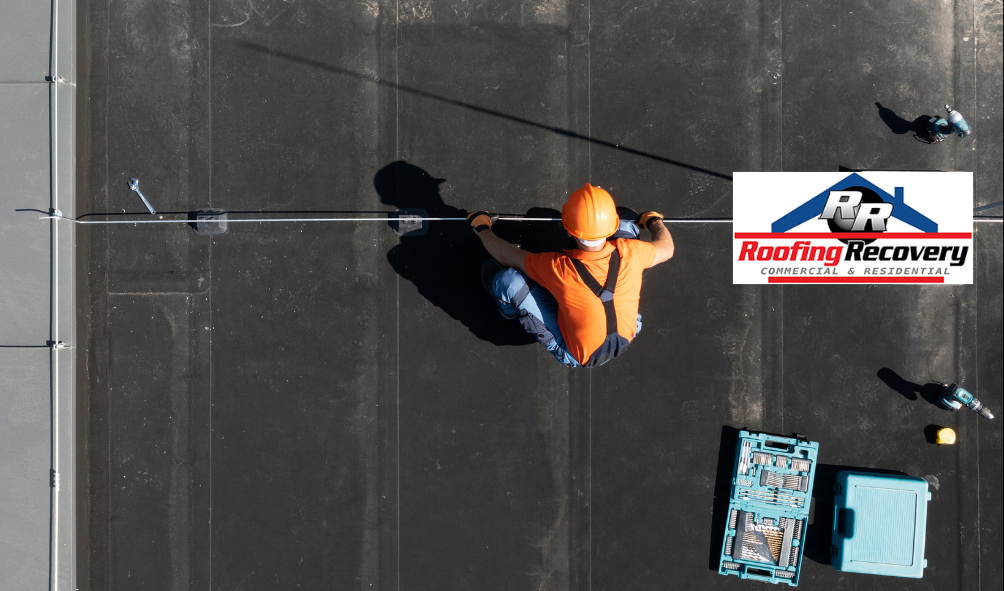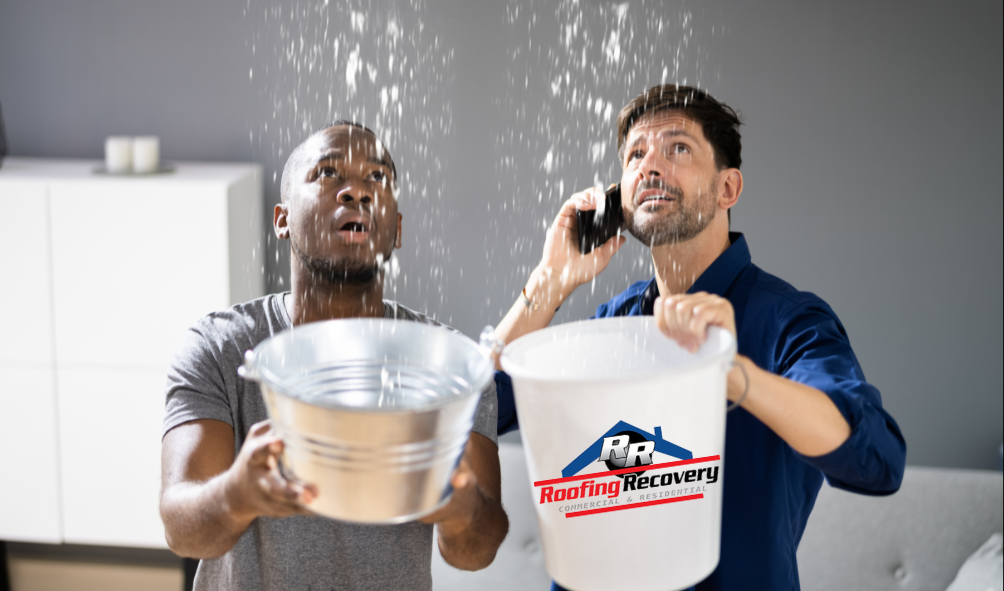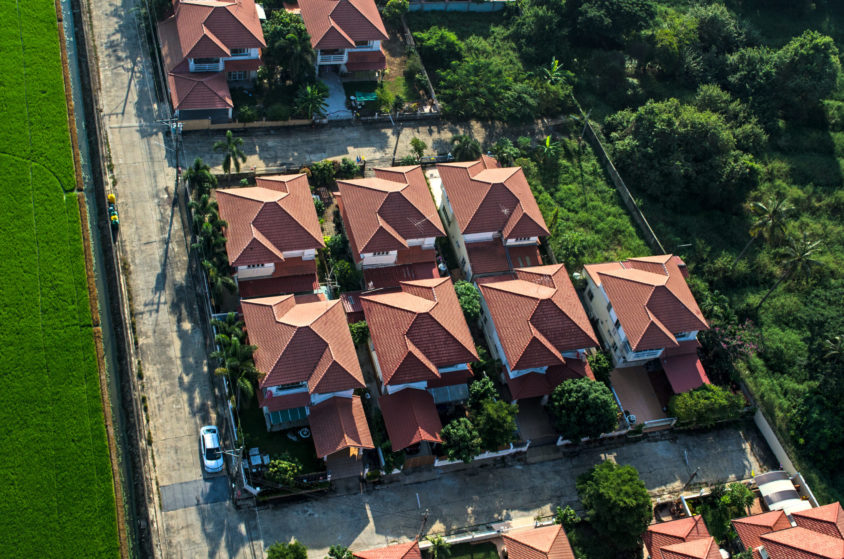When it comes to choosing a metal roof, color plays a significant role beyond aesthetics. The right color can create a striking visual appeal, enhance energy efficiency, and even improve the longevity of your roof. In this expert guide, we will explore the power of metal roof colors and how to unleash their full potential.
Choosing the right color for your metal roof is not just about personal preference; it can also impact the energy efficiency of your home. Lighter colors reflect heat, reducing the need for excessive air conditioning during hot summer months. On the other hand, darker colors absorb heat, which can be advantageous in colder climates.
Additionally, the color of your metal roof can affect its performance and durability. Certain colors may minimize the expansion and contraction of the metal, reducing the risk of damage over time.
From classic neutrals to bold, vibrant shades, we will explore the different color options available and their unique benefits. By the end of this guide, you’ll have all the knowledge you need to make an informed decision and unleash the power of metal roof colors.
Importance of metal roof colors
Metal roofs have become increasingly popular in recent years due to their durability, longevity, and energy efficiency. However, the color of a metal roof is not just an aesthetic choice; it can have a significant impact on the overall performance and functionality of your home.
The color of a metal roof can affect its ability to reflect or absorb heat, which in turn influences your home’s energy efficiency. Lighter-colored metal roofs, such as white or light gray, reflect more sunlight, reducing the heat that enters the home. This can lead to lower cooling costs during the hot summer months, as the home requires less air conditioning to maintain a comfortable temperature. Conversely, darker-colored metal roofs, like black or dark brown, tend to absorb more heat, which can be beneficial in colder climates where the additional heat can help reduce heating costs.
Beyond energy efficiency, the color of a metal roof can also impact its longevity. Certain color pigments and coatings can help protect the metal from the damaging effects of UV radiation, which can cause fading, cracking, and other forms of deterioration over time. By choosing a metal roof color that is specifically designed to withstand the elements, homeowners can enjoy a longer-lasting and more durable roofing system.
How metal roof colors can enhance the appearance of your home
The color of your metal roof can have a significant impact on the overall aesthetic of your home, transforming its visual appeal and curb appeal. Whether you’re looking to create a classic, timeless look or a bold, contemporary style, the right metal roof color can make all the difference.
Neutral tones, such as grays, tans, and beiges, are often a popular choice for metal roofs, as they complement a wide range of architectural styles and can create a harmonious, cohesive look. These colors can also help to accentuate the natural beauty of the surrounding landscape, blending seamlessly with the environment.
For homeowners seeking a more dramatic or eye-catching look, bolder metal roof colors, like deep blues, rich reds, or vibrant greens, can make a stunning statement. These vibrant hues can add depth and character to a home’s exterior, transforming it into a true architectural showpiece. By carefully selecting a metal roof color that complements the home’s overall design, homeowners can create a visually striking and cohesive look that enhances the property’s curb appeal.
Factors to consider when choosing metal roof colors
Choosing the right metal roof color for your home involves considering a variety of factors beyond just personal preference. From the architectural style of your home to the local climate and surrounding environment, there are several important elements to take into account.
One of the primary considerations when selecting a metal roof color is the architectural style of your home. Traditional or historic homes may benefit from more classic, muted tones, while contemporary or modern homes can often pull off bolder, more vibrant shades. It’s important to choose a color that complements the overall design of the home, creating a cohesive and harmonious look.
The local climate and environmental conditions should also play a role in your metal roof color selection. In regions with intense sunlight or extreme temperatures, lighter-colored roofs may be the better choice, as they can help reduce energy costs and protect the integrity of the roofing material. Conversely, in cooler climates, darker-colored metal roofs can provide additional thermal benefits, helping to retain heat and lower heating expenses.
The psychology of colors and its impact on metal roof design
The psychology of color is a fascinating field that can have a significant impact on the design and perception of metal roofs. Each color elicits a unique emotional response and can influence the overall mood and atmosphere of a home’s exterior.
Warm colors, such as reds, oranges, and yellows, are often associated with feelings of energy, passion, and warmth. These vibrant hues can create a sense of excitement and invigoration, making them a popular choice for homes that want to make a bold statement. Cooler colors, like blues and greens, are often perceived as more calming and serene, evoking feelings of tranquility and relaxation. These shades can be particularly effective in creating a peaceful, harmonious atmosphere.
Neutral tones, such as grays, tans, and whites, are often considered more versatile and timeless, allowing the architectural features of the home to take center stage. These colors can create a sense of sophistication and elegance, while also providing a blank canvas for homeowners to experiment with accent colors and decorative elements.
Popular metal roof color options
When it comes to metal roof colors, homeowners have a wide range of options to choose from, each with its own unique benefits and aesthetic appeal. From classic neutrals to bold, vibrant hues, the right color can transform the entire look and feel of a home’s exterior.
One of the most popular and versatile metal roof colors is gray. Gray metal roofs come in a variety of shades, from light, airy tones to deep, charcoal hues. These neutral colors can complement a wide range of architectural styles, from traditional to contemporary, and can create a sense of timeless elegance. Gray metal roofs are also known for their ability to hide dirt and debris, making them a low-maintenance option for homeowners.
Another popular metal roof color is black. Black metal roofs can create a striking, dramatic look, adding depth and contrast to a home’s exterior. These dark shades can be particularly effective in modern or industrial-style homes, where they can complement sleek, minimalist design elements. Black metal roofs also have the added benefit of absorbing heat, which can be beneficial in colder climates.
Tips for maintaining the color and appearance of your metal roof
Maintaining the color and appearance of a metal roof is crucial to ensuring its longevity and preserving the overall aesthetic of your home. With the right care and attention, homeowners can keep their metal roofs looking their best for years to come.
One of the most important steps in maintaining a metal roof’s color is regular cleaning. Over time, dirt, debris, and environmental pollutants can accumulate on the surface of the roof, dulling its appearance and potentially leading to premature fading or discoloration. By regularly cleaning the roof with a soft-bristle brush and a mild detergent solution, homeowners can help to remove these contaminants and keep the color looking vibrant and fresh.
In addition to regular cleaning, homeowners should also be mindful of the effects of UV radiation on their metal roof’s color. Prolonged exposure to sunlight can cause the pigments in the roof’s coating to break down, leading to fading and discoloration. To help mitigate this, homeowners can consider applying a UV-resistant sealant or coating to their metal roof, which can help to protect the color and prolong its lifespan.
Hiring a professional vs. DIY: Painting your metal roof
When it comes to updating the color of a metal roof, homeowners have the option of either hiring a professional or tackling the project as a DIY endeavor. Each approach has its own set of advantages and considerations, and the best choice will depend on the homeowner’s skill level, budget, and the specific requirements of the project.
Hiring a professional roofing contractor can be the more convenient and reliable option for many homeowners. These experienced professionals have the necessary skills, equipment, and expertise to ensure a high-quality, long-lasting paint job. They can also provide valuable guidance on the best paint products and application techniques to use, as well as ensure that the roof is properly prepared and primed before painting. Additionally, professional contractors often offer warranties or guarantees on their work, providing homeowners with added peace of mind.
On the other hand, DIY roof painting can be a more cost-effective option for those with the necessary skills and time to take on the project themselves. By tackling the job themselves, homeowners can save on labor costs and have more control over the entire process. However, it’s important to note that painting a metal roof can be a challenging and potentially dangerous task, requiring specialized tools, safety equipment, and a thorough understanding of proper painting techniques. Homeowners who choose to go the DIY route should be prepared to invest significant time and effort into researching, planning, and executing the project safely and effectively.
Enhance your property’s curb appeal with the right metal roof color for your home. Seek the opinion of the roofing experts. One of the best roofing contractors in Miami, Roofing Recovery for exceptional roofing services. Call 954-799-4069 to request a quote today!































